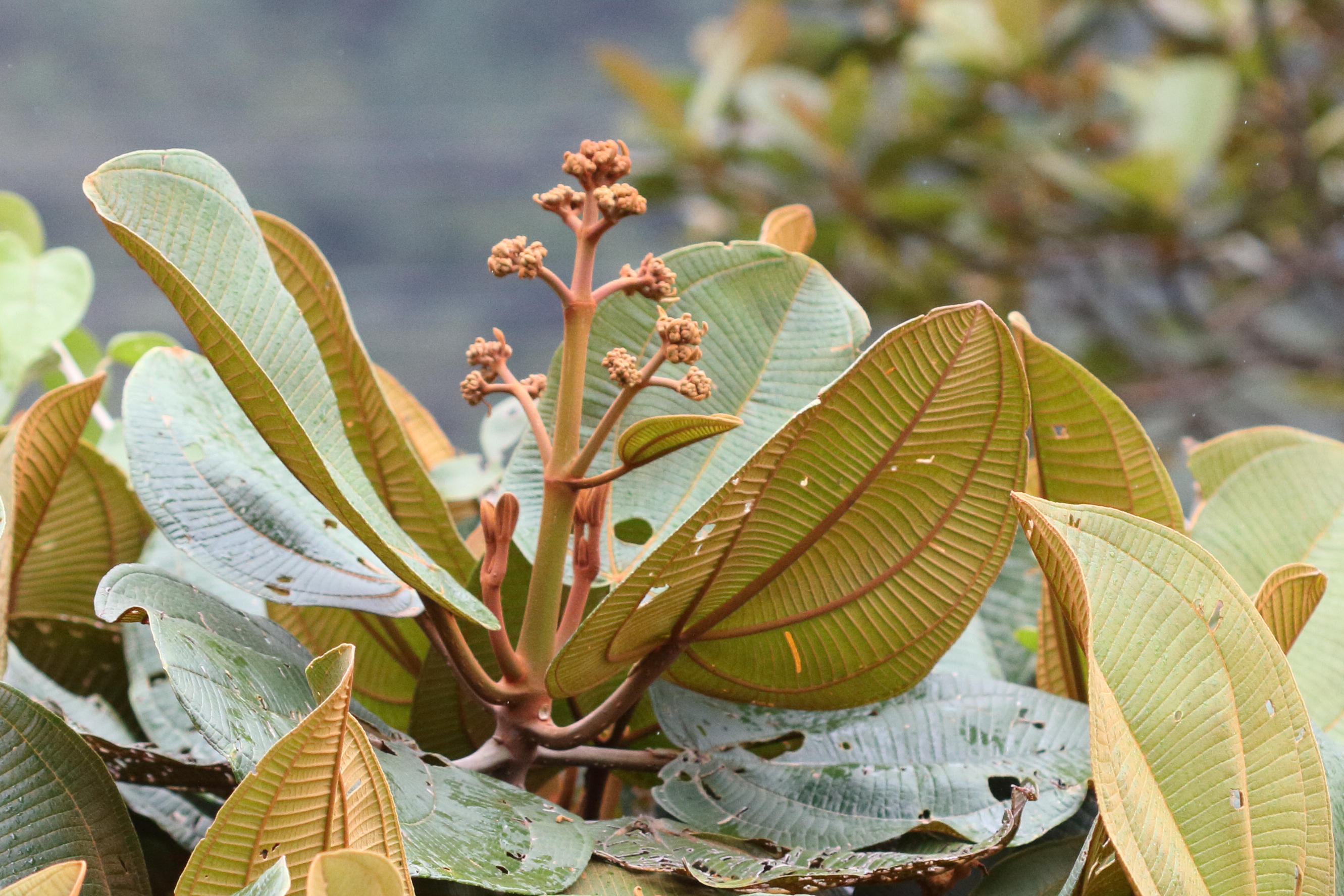X1 Phenology of tropical tree species – environmental cues, molecular mechanisms, and consequences for plant-animal interactions [funded by DFG]
PI(s) for this project:
Prof. Dr. Katrin Heer
Abstract:

This study will be carried out in the montane humid forests and the seasonally dry tropical forest of Southern Ecuador, at the research stations Estacíon Científica San Francísco and Estacíon Científica Laipuna. Here, available data from previous and ongoing projects and a continuous measurement of important parameters such as climate and carbon flux provide an ideal basis for realizing a study on tree phenology. During this project we will simultaneously monitor phenological transitions, changes of gene expression, stem diameter variation, optical properties of canopies in four tree species and link this to carbon fluxes and climatic parameters. Thereby, this project will provide insights on how phenological transitions are triggered, which gene regulatory networks are involved in phenological transitions, and how these influence plant growth and carbon sequestration. Further, I will study the interdependencies of trees and their mutualistic and antagonistic partners in the light of phenological transitions. First, I will investigate pollinator assemblages, pollen-mediated gene flow, seed set, and germination rates. Second, I will investigate associated herbivore assemblages and rates of herbivory over time. Overall, this project will make important contributions to future predictions of the impact of climate change on montane rainforests.


